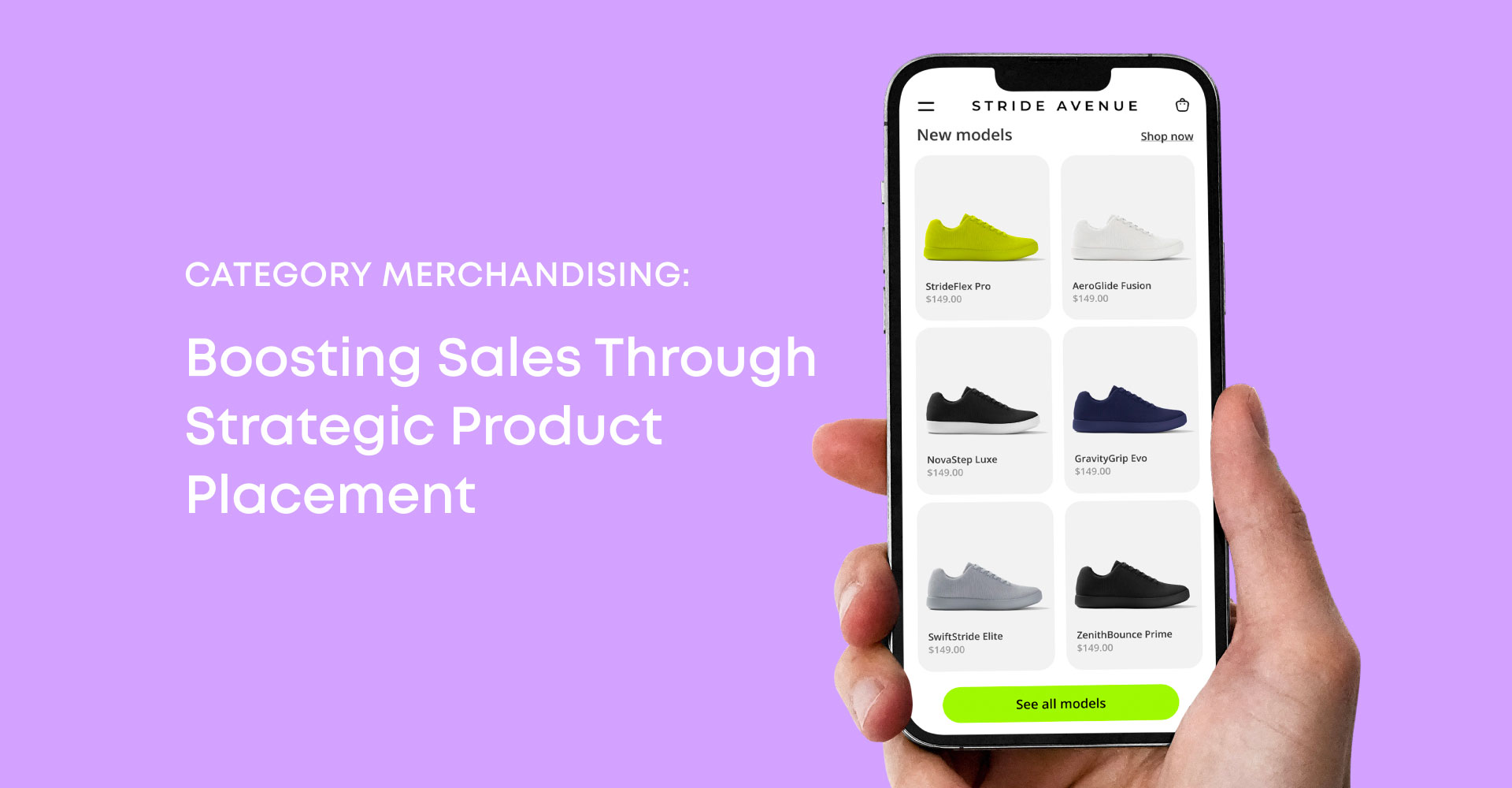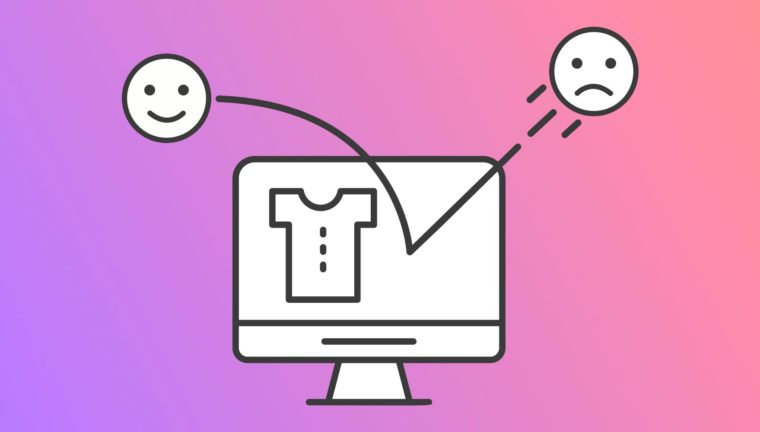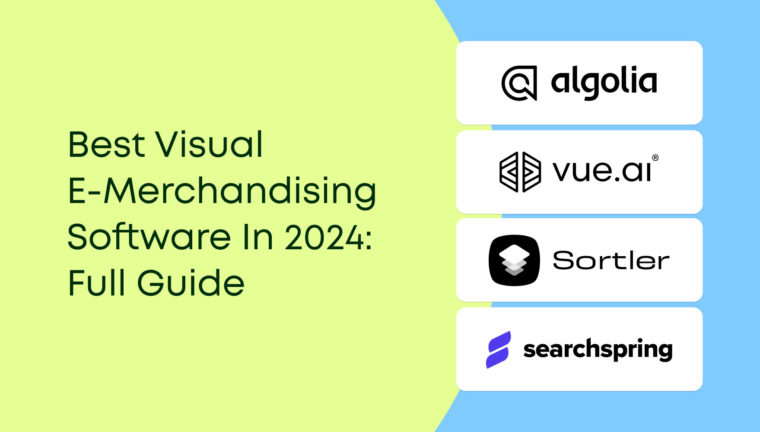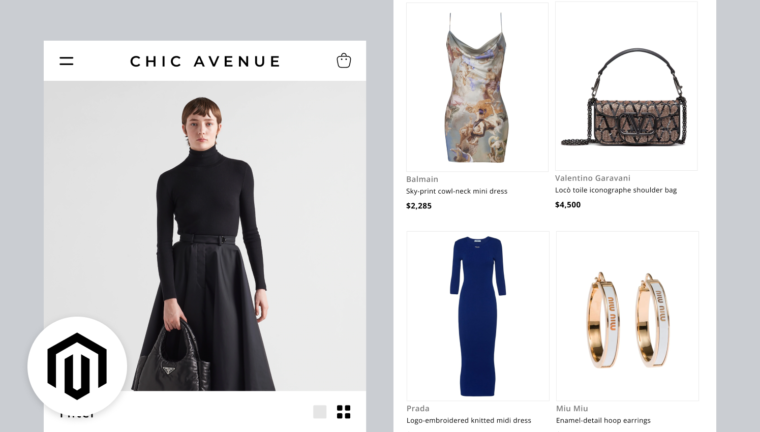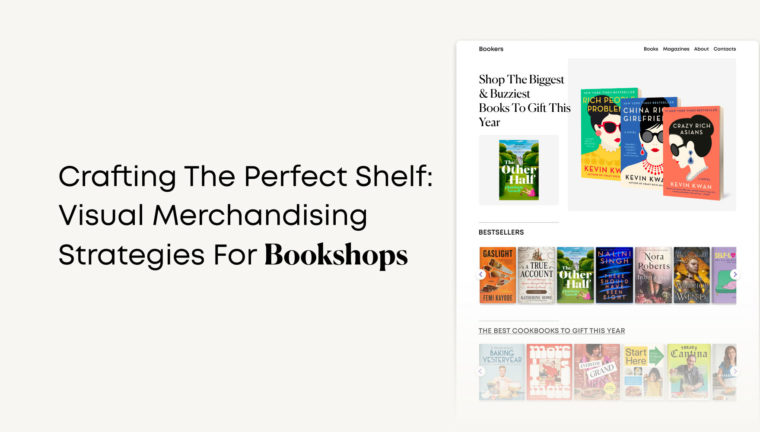How does product placement work in the context of category merchandising and eCommerce conversions? The topic is interesting and deserves a detailed discussion. Let’s briefly explain why you should pay attention to this issue.
When customers enter a real physical store, they explore its showcase and interior, which partly influences the final decision to make a purchase. However, with an online store, the focus shifts to the catalog and the product’s visual placement. It’s all about attractive range imagery, visually appealing banners, intuitive navigation menus, and other techniques that online store owners use to create an immersive shopping experience and captivate customers from the moment they arrive. It may sound a little complicated, but don’t worry: we’re here to help you.
Through many years of collaborating with successful eСommerce companies, we know how to develop a product placement strategy to skyrocket your sales. And we’re happy to share our expertise with you. You just have to read this blog piece and implement our tips in practice. Okay… without further ado: what is product placement, and how does it relate to category merchandising? What is the relationship between these concepts? And, finally, what can you do to make them work for your business?
Category Merchandising & Visual Product Placement: Key Principles
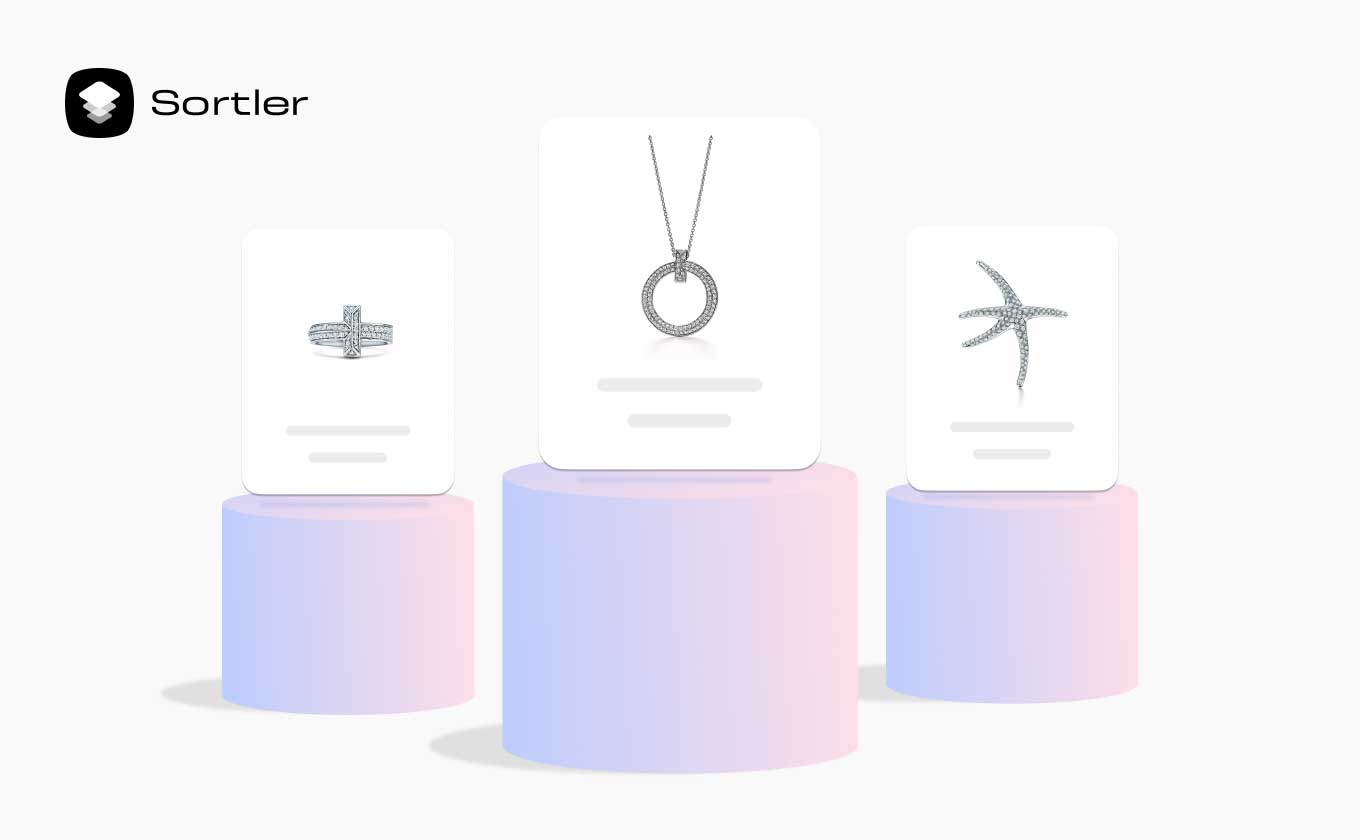
Category merchandising involves organizing a compelling product range by grouping similar items and creating a virtual roadmap that allows customers to find what they’re looking for without effort. In the vast ocean of online stores, categorization becomes the guiding compass that helps shoppers navigate smoothly through your expansive inventory.
Think of it as a masterful orchestration, where every product finds its rightful place on the virtual shelves, captivating potential buyers and driving sales.
Why Categorize Products in Online Stores?
Category merchandising is vital in enhancing customer experience, and here’s why.
Imagine stepping into an ordinary brick-and-mortar store without any clear sections and signs. You won’t have the slightest idea where to go to buy what you need, right? The same principle applies to online stores: lack of proper structuring and grouping of goods leads to chaos and confusion that might scare away even the most determined shoppers.
Of course, category merchandising goes beyond mere categorization. It helps online store owners highlight bestsellers, promote related items, and showcase new arrivals. By the way, that’s where various types of product placement come into play. Let’s dig deeper and start by answering a simple question: What is the purpose of product placement?
What is Product Placement for Category Merchandising?
Visual product placement plays a pivotal role in category merchandising. Just as a physical store arranges its products strategically to catch the eye, its online version can utilize visual cues to guide customers toward desired items.
The art of visual product placement in retail stores, combined with effective category merchandising, creates a harmonious synergy that not only entices shoppers but also boosts sales.
Benefits of using a product placement strategy for businesses:
- Ease of use. Product placement optimization doesn’t require any deep knowledge or high-level skills. Implementing our proposed strategies is quite simple, especially if you use modern tools like Sortler, as discussed later.
- Reliability. Category merchandising will work 100% if you approach it wisely, leading to a more loyal consumer audience.
- Long-term effect. Another product placement value is a sustainable result. Not all conversion-boosting techniques can promise you such a bonus, right?
- Affordable approach. Of course, there are strategies for paid product placements, but they are far from the only ones. With a limited budget, you can focus on your online store and improve sales anyway.
- Ability to automate the process. You have the opportunity easily automate some retail product placement activities to free up your work time. A striking example is the already mentioned Sortler, an e-commerce merchandising and catalog management tool (keep reading if you want to know more).
Sounds impressive, right? If you agree, it’s high time we discussed how to use product placement to increase sales.
Free and Paid Product Placements
Although, as we’ve already said, you can improve your sales with minimal cost, the most successful product placement campaigns are based on a combination of paid and free techniques. By wisely mixing them, you maximize the result and accelerate revenue growth.
Strategy for Paid Product Placements
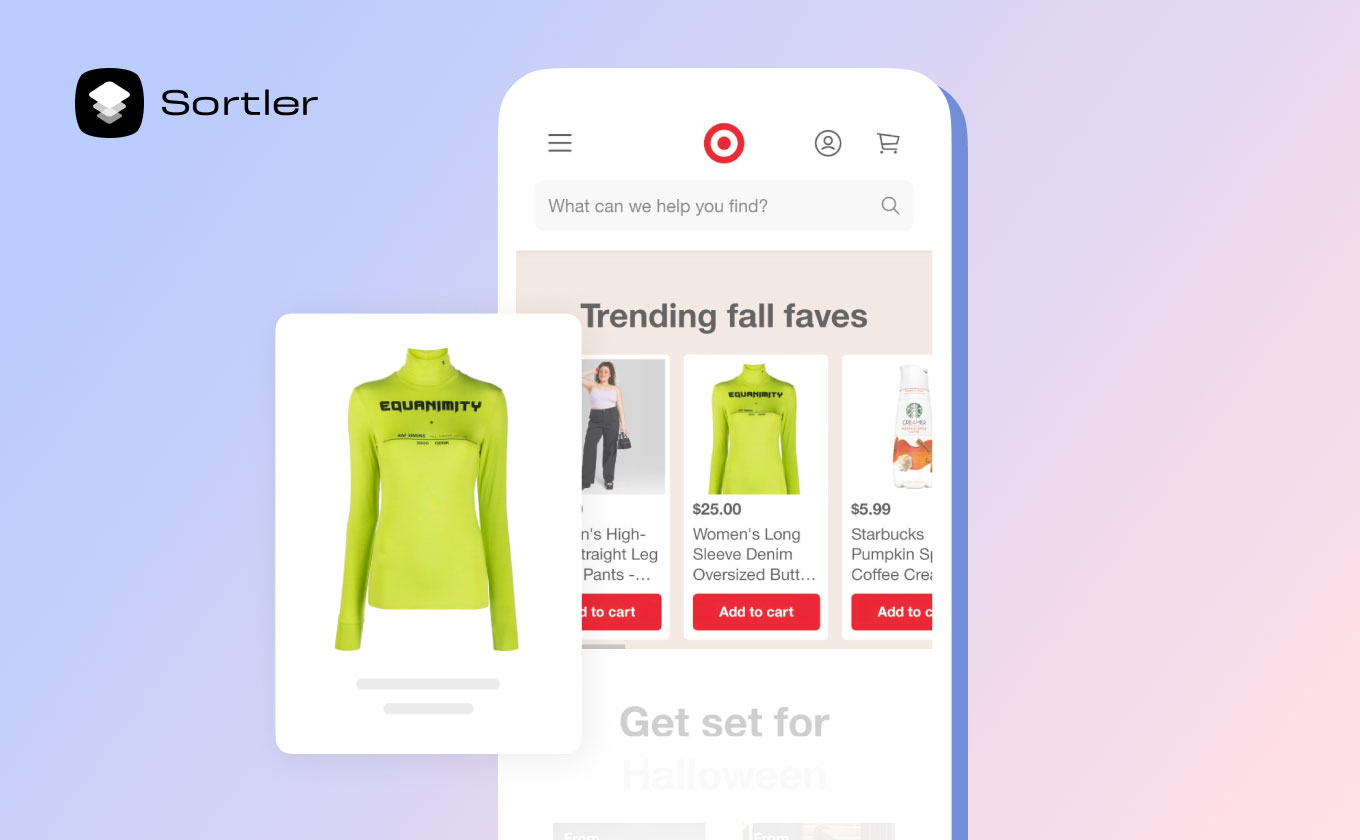
Paid techniques involve paying a fee to a popular platform for product placement in return for prominent visibility of your items. This can include sponsored ads, featured listings, or top search results.
The benefit of paid product placements:
- Instant access to a wide audience. You expose your products to a vast audience, increasing the chances of potential customers discovering them and making a purchase.
- Ability to target specific demographics or customer segments. Online stores can choose to display their products to users who fit certain criteria, such as age, location, or interests.
- Accurate analysis. Additionally, paid techniques often come with advanced analytics and tracking tools, allowing businesses to measure the success of their campaigns and make data-driven decisions to optimize their marketing strategies.
Free Product Placement Strategy
While paid approaches provide immediate results and targeted exposure, free ones offer long-term sustainability and cost savings. Usually, they rely on organic visibility within online marketplaces or search engines, without incurring any direct costs.
Benefits of free product placement:
- Obligatory nature. Let’s start with the fact that even if you use paid techniques, you cannot do without free ones anyway. You need to take care of the organic promotion of your store; it comes by default, figuratively speaking.
- Cost-effectiveness, which is a great advantage for smaller businesses or startups with limited marketing budgets. By investing time and effort into SEO, online stores can potentially gain a steady flow of organic traffic and customers, reducing the need for paid advertising.
- Strong brand recognition without continuous financial investments. Free placements often lend credibility and trustworthiness to a brand, as customers tend to perceive organic search results as more reliable and authentic.
It doesn’t matter which strategy you choose, paid or free; you still need to pay attention to category merchandising and, in particular, to optimize product placement.
Key Principles of Strategic Product Placement
Let’s start with the pillars this concept stands on and then move on to specific implementation tips.
So… How does product placement work, and what is it based on?
Utilizing Data Analytics to Identify Customer Preferences

The first so-called pillar is data analysis to get an idea of what your customers prefer. By analyzing their purchase history, search queries, and reviews, you’ll identify the most popular items within your product range. With these valuable insights, you can place these goods in prominent positions, increasing their visibility and maximizing sales potential.
Analyzing Customer Browsing Patterns
In addition to analyzing the most in-demand products, you have to understand how your customers are used to browsing through an online store. For example, if most shoppers rely on search, you should prioritize popular products within search results or create curated collections based on their identified interests.
Creating a User-Friendly Store Layout
As an online store owner, you must create an easy-to-navigate environment by focusing on clear navigation, good search functionality, and clear visual cues. With these simple steps, you’ll be able to guide your shoppers toward purchasing, thus boosting sales.
Tips For Optimizing Product Placement
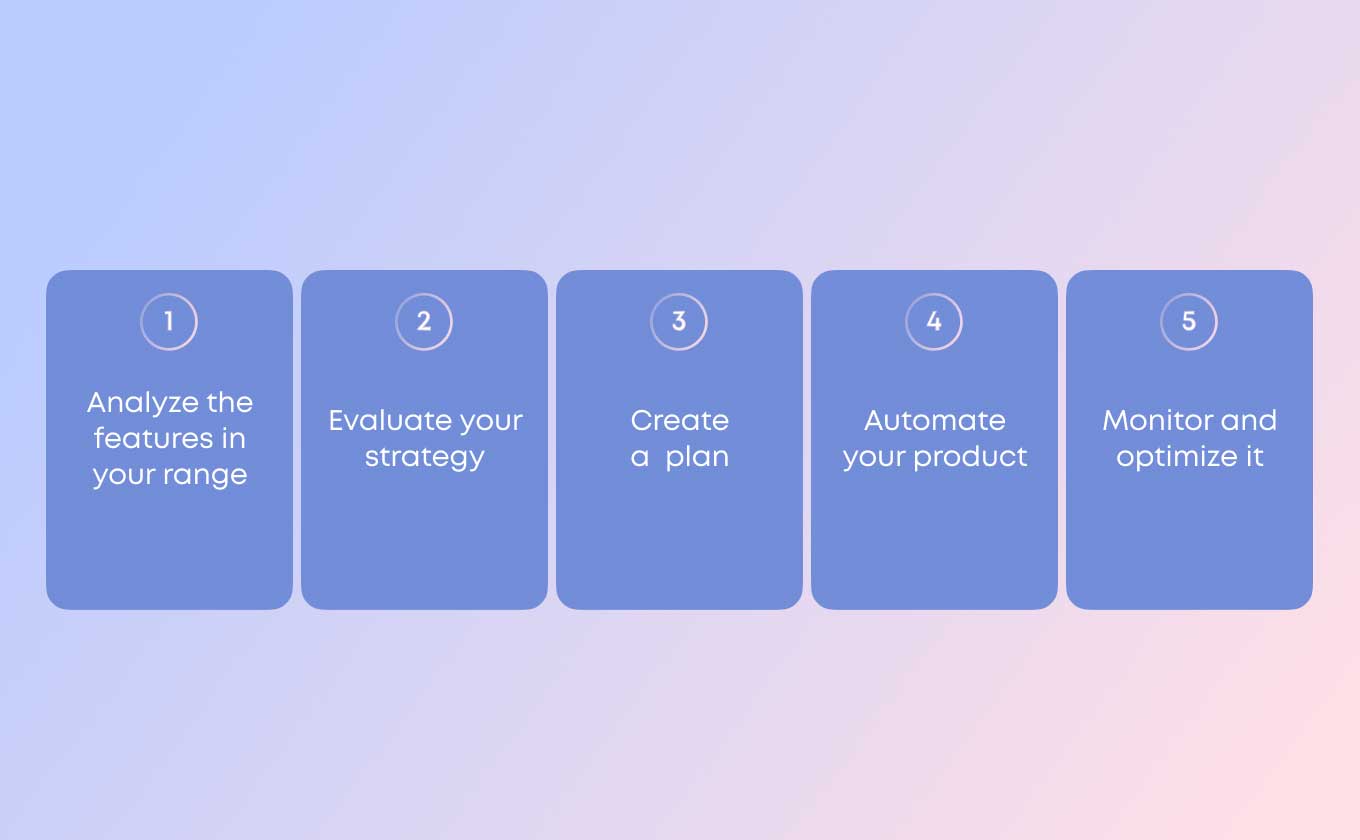
Now let’s discuss how to develop a product placement strategy: where to start, what factors to consider, and what to pay close attention to.
#1. Analyze the unique features of different product categories in your range
It may surprise you, but each product category should be presented uniquely to increase its sales. Here are some examples to illustrate our point:
- Electronics and tech gadgets: If you’re selling these kinds of products, you should highlight each item’s key features and specifications and create visually appealing displays that demonstrate sleek design and cutting-edge technology.
- Home and kitchen supplies cater to everyday needs, making convenience and functionality the main selling points. Optimize retail product placement by showing how these items can enhance your customers’ daily lives.
- Fashion and apparel are all about style and individuality, so emphasize visual appeal. High-quality images and videos that showcase models wearing the clothing would help customers envision themselves in the product. Additionally, suggesting related items or accessories can encourage shoppers to explore more options and increase their average order value.
Analyze the categories of your product line in the same way to understand which techniques work best in each case.
#2. Evaluate your current product placement strategy
If you aren’t new to eCommerce business and run an online store, start by reviewing your existing category merchandising strategy and answering the following questions:
- Are your products organized in a way that makes sense to your customers?
- Is it easy for them to navigate different categories and find what they seek?
Be sure to take customer customer feedback into account to gain insights into their shopping experiences and any pain points they may have encountered. Using this information, determine your strategy’s strengths and weaknesses and consider eliminating shortcomings while maintaining the advantages.
#3. Create a comprehensive category merchandising plan
After evaluating your current strategies, you have to create a comprehensive category merchandising plan to help you with product placement optimization.
We suggest you follow a few simple steps, namely:
- Setting clear goals and objectives. What do you want to achieve with your category merchandising efforts? Is it to increase sales, improve customer satisfaction, or both?
- Defining product category hierarchies. Categorize your products by breaking them into logical groups.
- Highlighting key features and specifications. Remember the tips we gave earlier and think about how best to highlight the benefits of each category. Use the right methods to capture customers’ attention and simplify the product choice.
- Suggesting related products. Offer complementary items and related products to convince shoppers to buy more. This is best suited for apparel stores where owners can even create “complete the look” sections.
Now, with a strategic product placement plan in hand, it’s time to think about partial process automation. Let digital tools work, allowing you to focus on your business goals.
#4. Automate your product placement process with modern tools
We’ve already mentioned Sortler, an eCommerce merchandising solution. It’s time to finally spill the beans and explain how this tool will help you automate the retail product placement process.
Let’s do it!
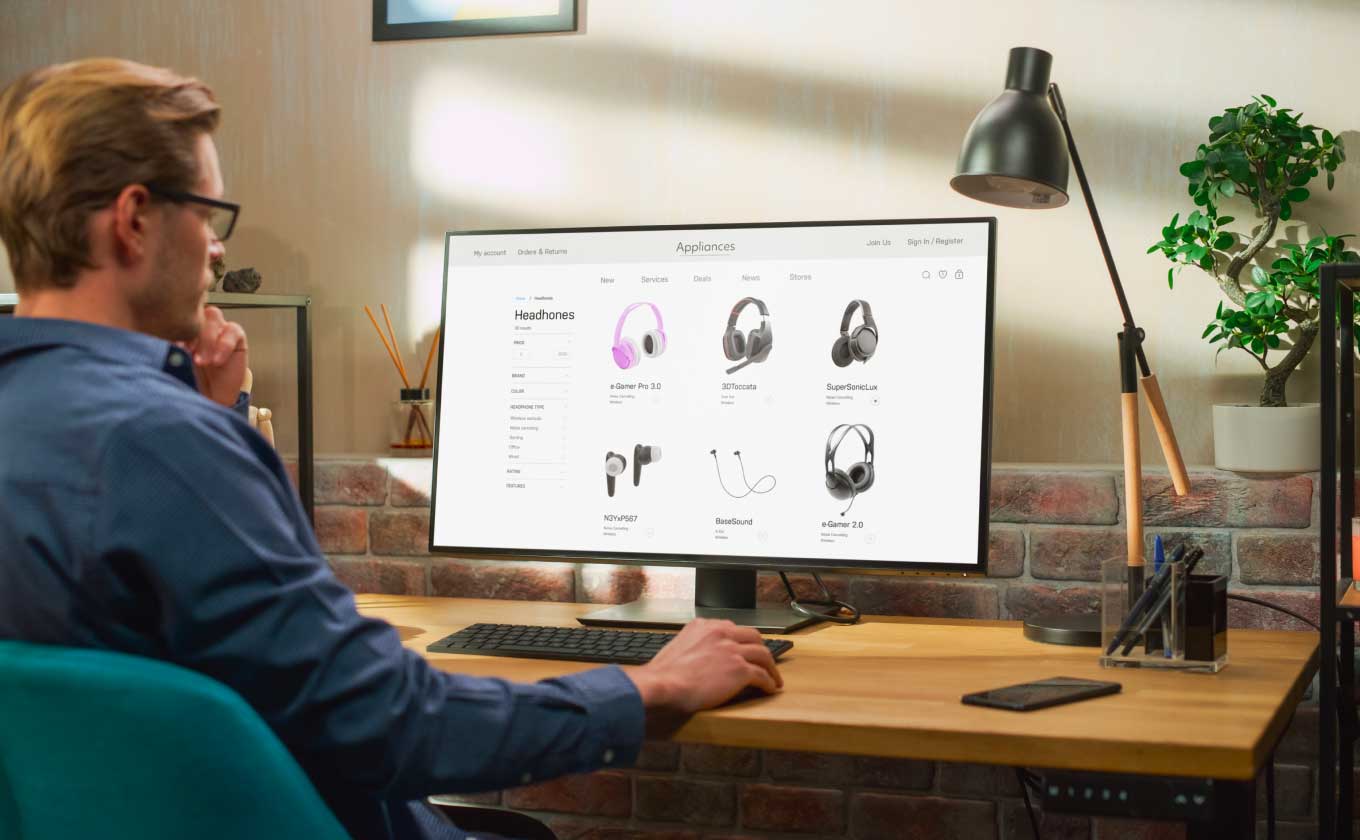
Go to sortler.com, sign up, and access a virtual, easy-to-manage catalog that can be synchronized with the real one in no time after approving the changes made. Yes, you got it right; you are the one to decide when to run synchronization, which is a nice bonus.
Working with Sortler is incredibly easy. All you have to do is create rules for placing goods on the catalog page, and Sortler will strictly follow them. So your work will be done, at least for the time being.Here are some examples of how to use Sorter to automate and optimize product placement in your catalog:
- Manage your stock by moving unavailable items down and making products you want to sell out as soon as possible more visible.
- Set how many items of each brand and type to place on the page to achieve the proper product variety. Thus, you avoid the situation when only skirts occupy the first rows in the catalog of a clothing store (or on the apparel category page if you sell different types of products), so the user has to scroll down to see jeans or dresses. Customers are too lazy or busy (or both) to do the extra scrolling, and usually, they leave such a store.
- Manage visual product placement and create beautiful item combinations that compose a harmonious matching look and drive purchases. Say, how about a ring and earrings from the same collection placed side by side on the page? Or AirPods headphones with a smartwatch of a similar brand? With this approach, you have a chance to encourage the customer to buy more than planned!
- Raise the popularity of poorly selling products by making them more visible on the page or by assigning discounts to them (you can use both methods simultaneously to speed up the result, by the way).
Most importantly, you yourself do nothing; your task is to create several rules initially. The rest is up to Sortler while you shift your focus to crucial business growth tasks, returning to the catalog only to make changes to your strategy.
And if you don’t like the rules system, you can always take advantage of the drag-and-drop feature or assign specific scores to the products so that the items with higher SKUs automatically move up the page.
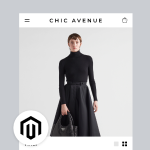
In one of the articles, we cover our real-life practical experience of implementing Sortler to improve sales of a fashion online store. Follow the link if you’re interested in the details.
#5. Monitor and optimize product placement ongoingly
Implementing category merchandising and product placement in retail stores is by no means a one-time task. It requires regular monitoring and optimization to ensure optimal results.
What can we advise in this regard?
- Utilize A/B testing to evaluate different approaches and identify the most effective ones.
- Analyze sales data and user engagement metrics to gain insights into your customers’ preferences and behaviors. Which products are performing better? Are there any patterns or trends that you can capitalize on? Use this information to fine-tune your category merchandising plan and continuously improve the shopping experience.
Conclusion
Category merchandising is a powerful tool to boost conversions and enhance the user shopping experience. By categorizing products, leveraging customer psychology, and employing visually appealing strategies, you elevate your online store to new heights.
So, embrace the art of different types of product placement and watch as your retail store becomes a captivating destination for customers, driving sales and fostering long-term success.
Do you have any questions left? Feel free to ask them!
